

Story Physics: Reaction Beats
Newton’s third law says every action will have an equal but opposite reaction. This is true in stories, too … or at least it should be. How do we get to know characters, even as they flit from one conflict-ridden chase scene to the next? Through reaction beats.
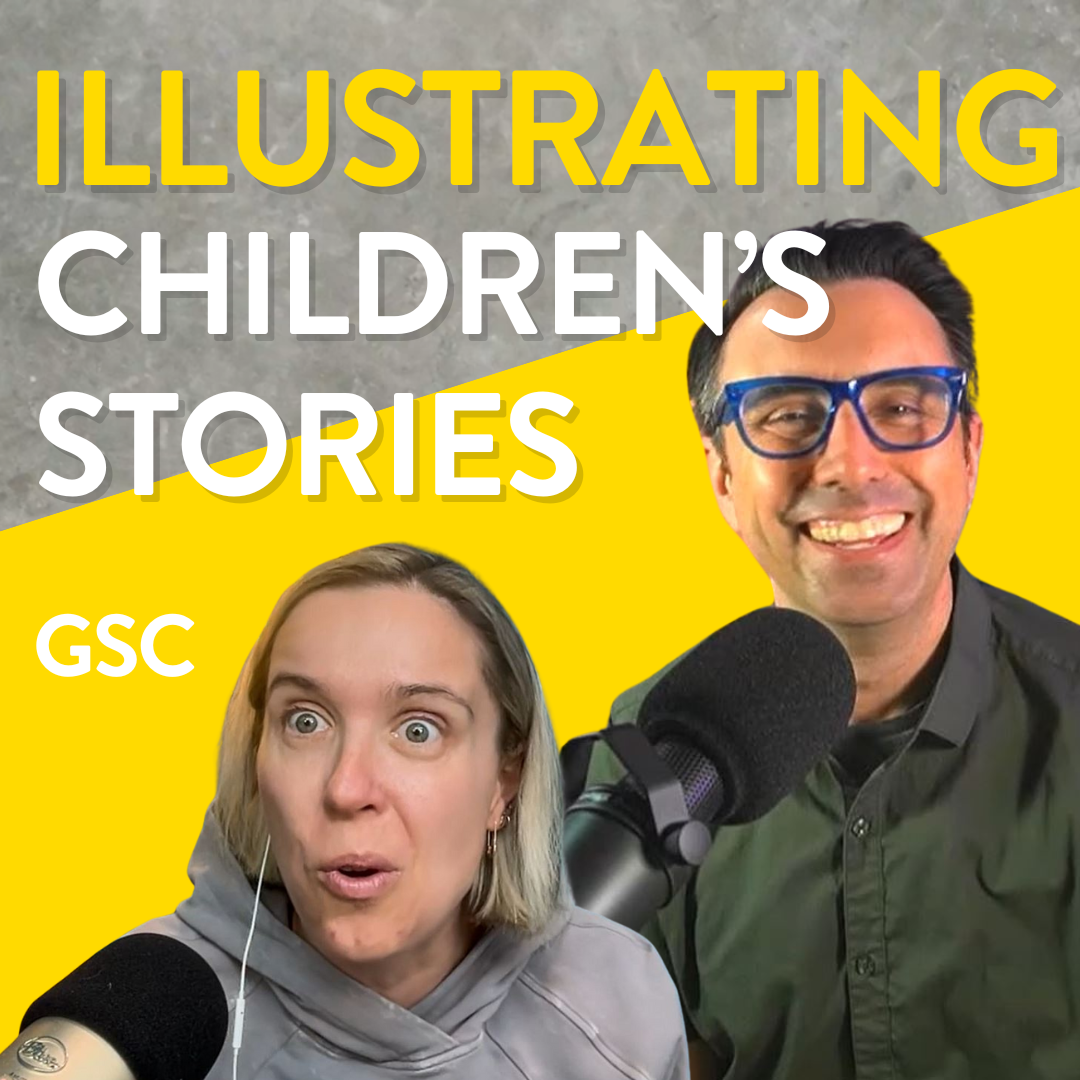
Episode 41: Jarrett J. Krosoczka, NYT Bestselling Author/Illustrator
NYT bestselling author/illustrator Jarrett Krosoczka shares the challenges and gratifications of reaching across different age categories and the importance of illustrations in storytelling. Listen to hear his tips on writing within established franchises (like Star Wars), how to pivot a picture book idea into a graphic novel series, and memoir writing.
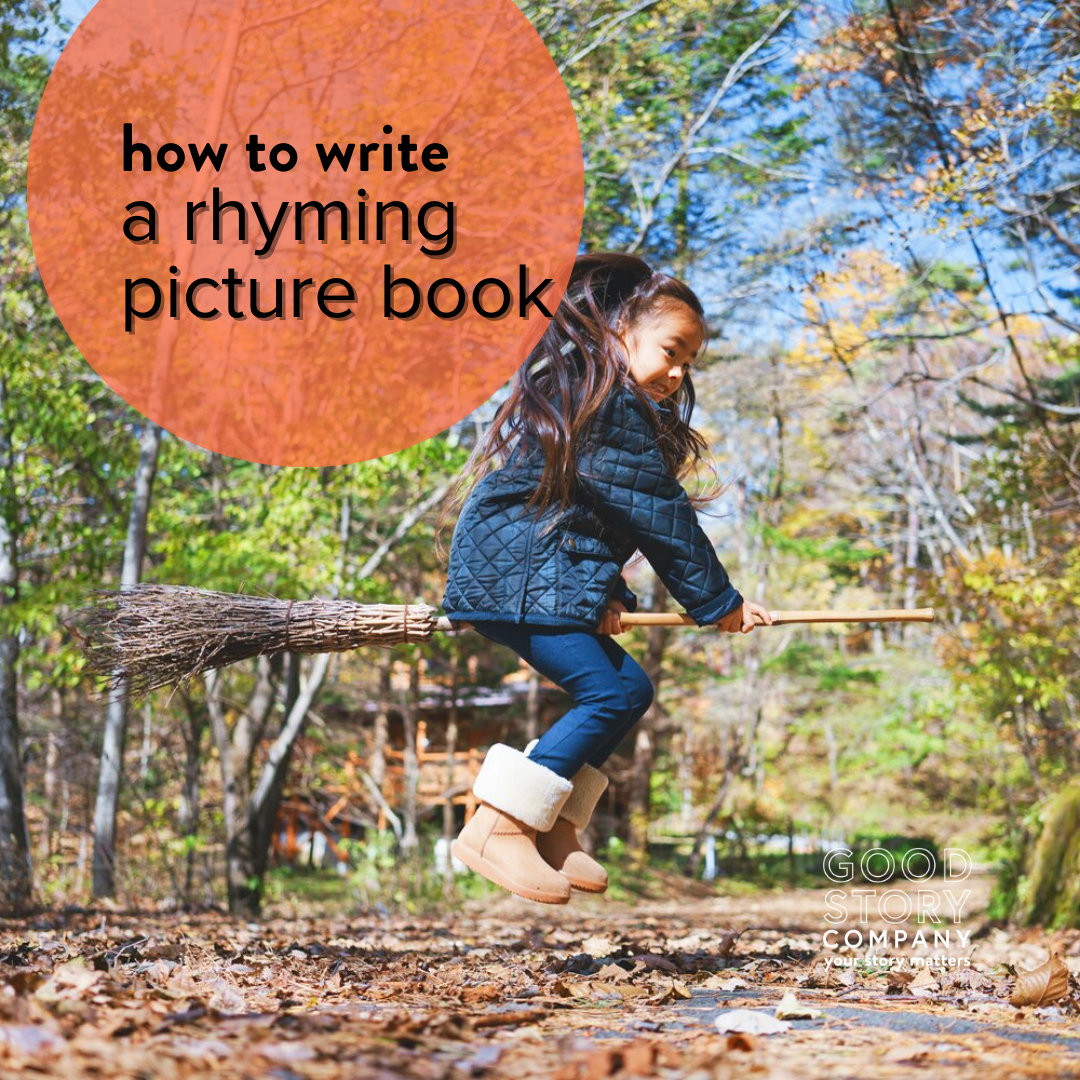
How to Write a Rhyming Picture Book
When done well, rhyming picture books are snappy, quotable, and fun to read. Children retain the words more easily and begin to identify patterns and sounds: a real treat. The problem? Writing a good rhyming picture book is much trickier than it looks.
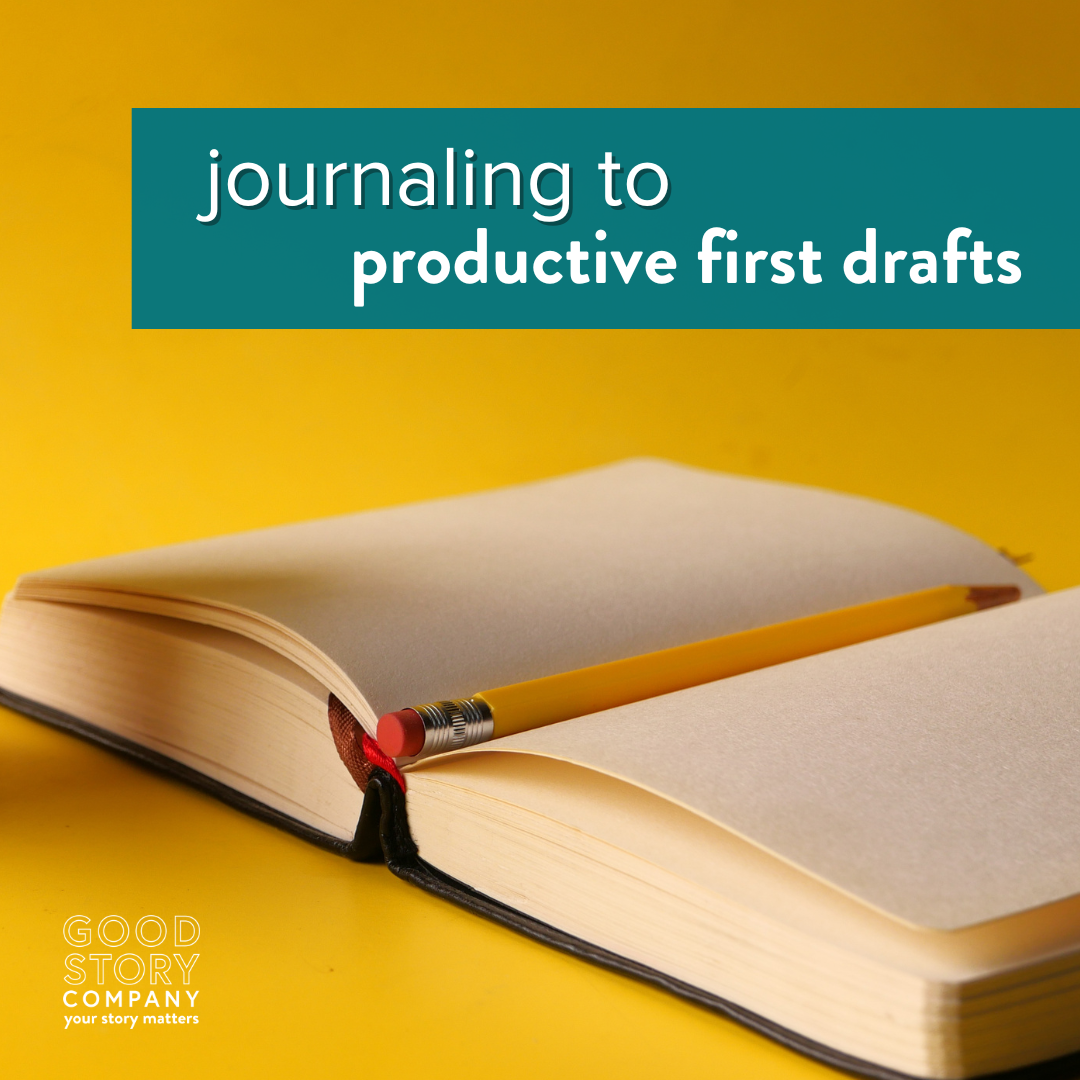
Journaling to Productive First Drafts
In a world where life constantly competes for our time, we don’t have the luxury of writing twelve to fifteen drafts of something before we can say it’s done. We need to work smarter, not longer. We need to write productive first drafts.
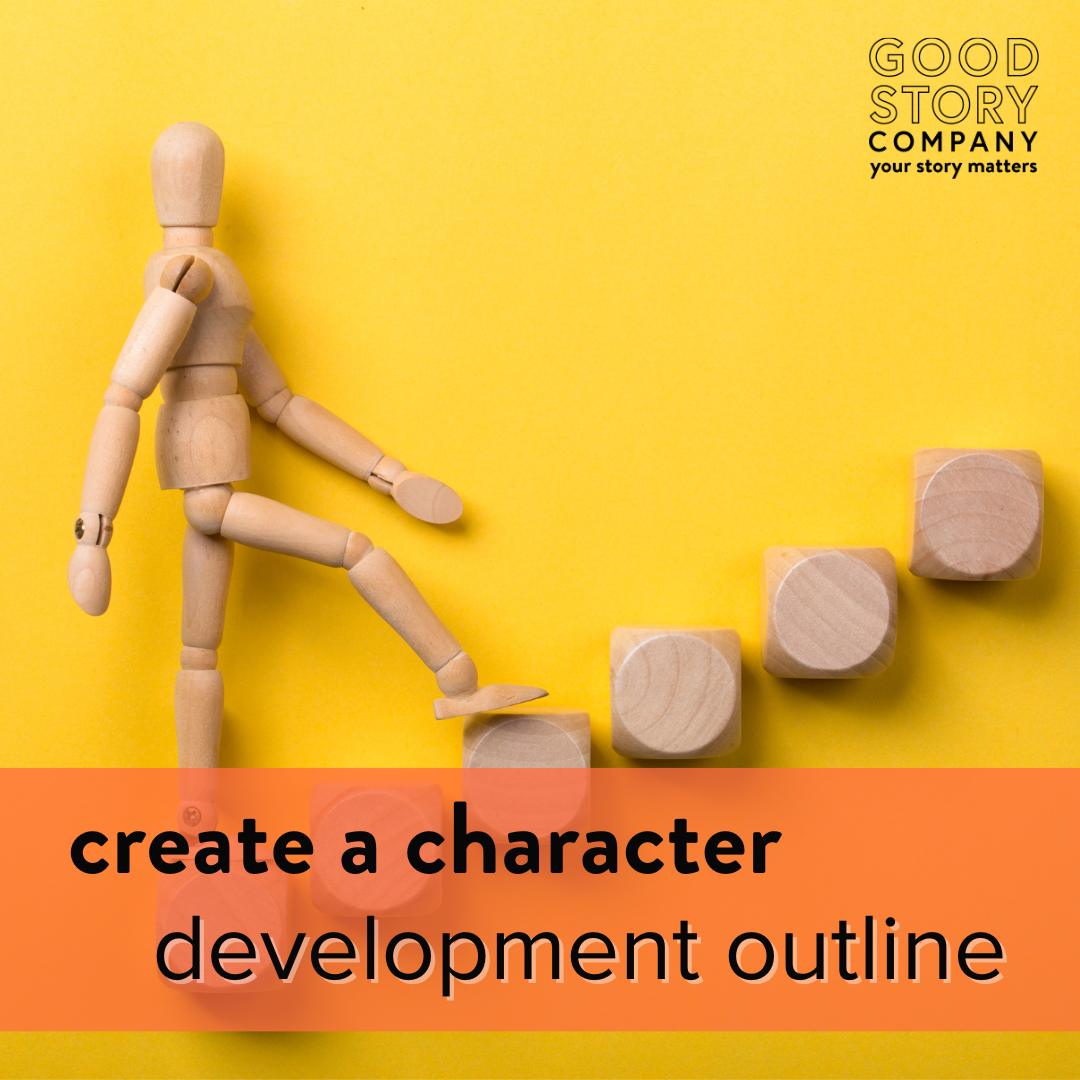
How to Create a Character Development Outline
You’ve probably written a plot outline for your story, but have you written a character development outline? Here are some tips for developing character arc so your character development is as tight as your plot.
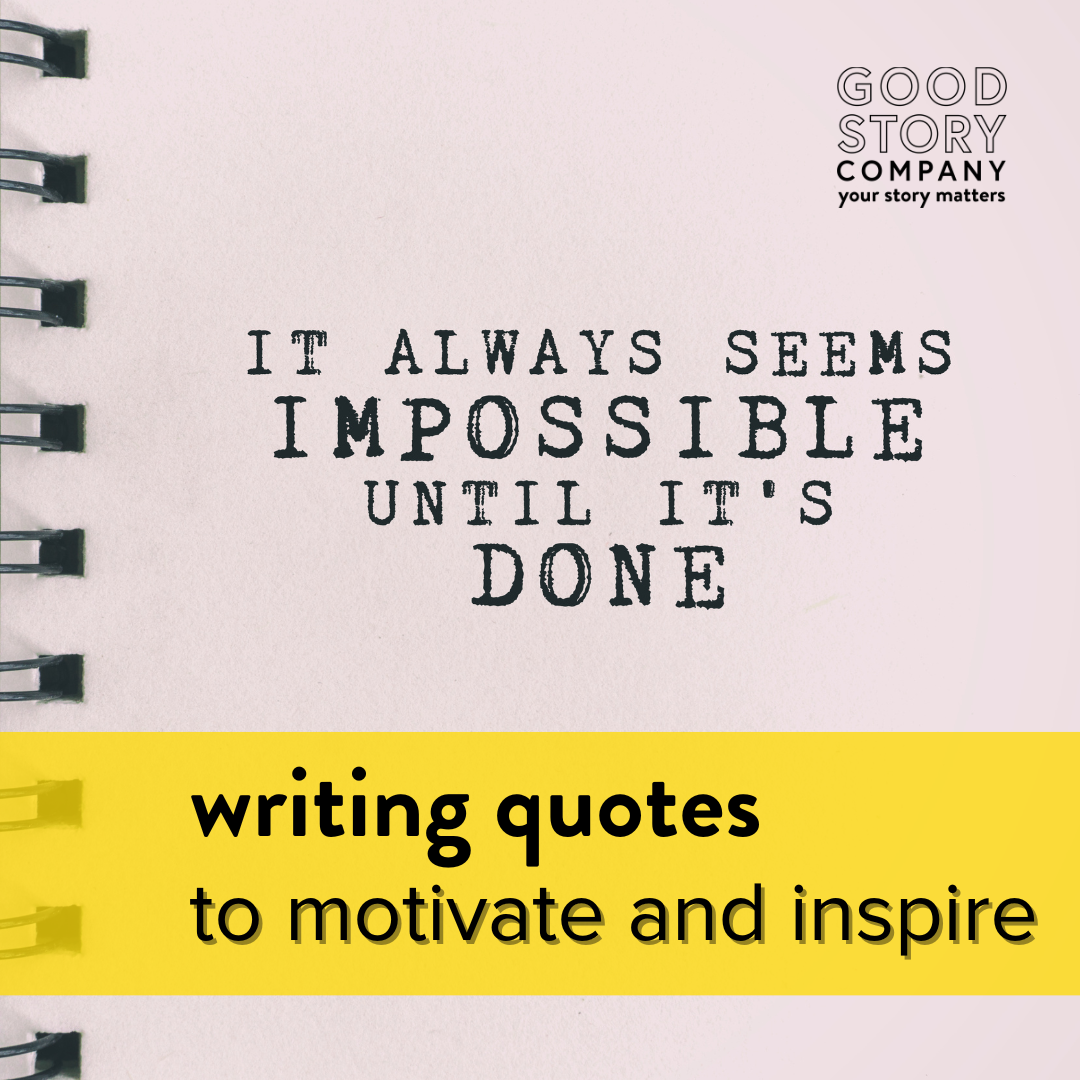
Writing Quotes To Motivate and Inspire
Pithy writing quotes can motivate and inspire with just a few words. We’ve put together some of our favorites to keep you motivated when the going gets tough.
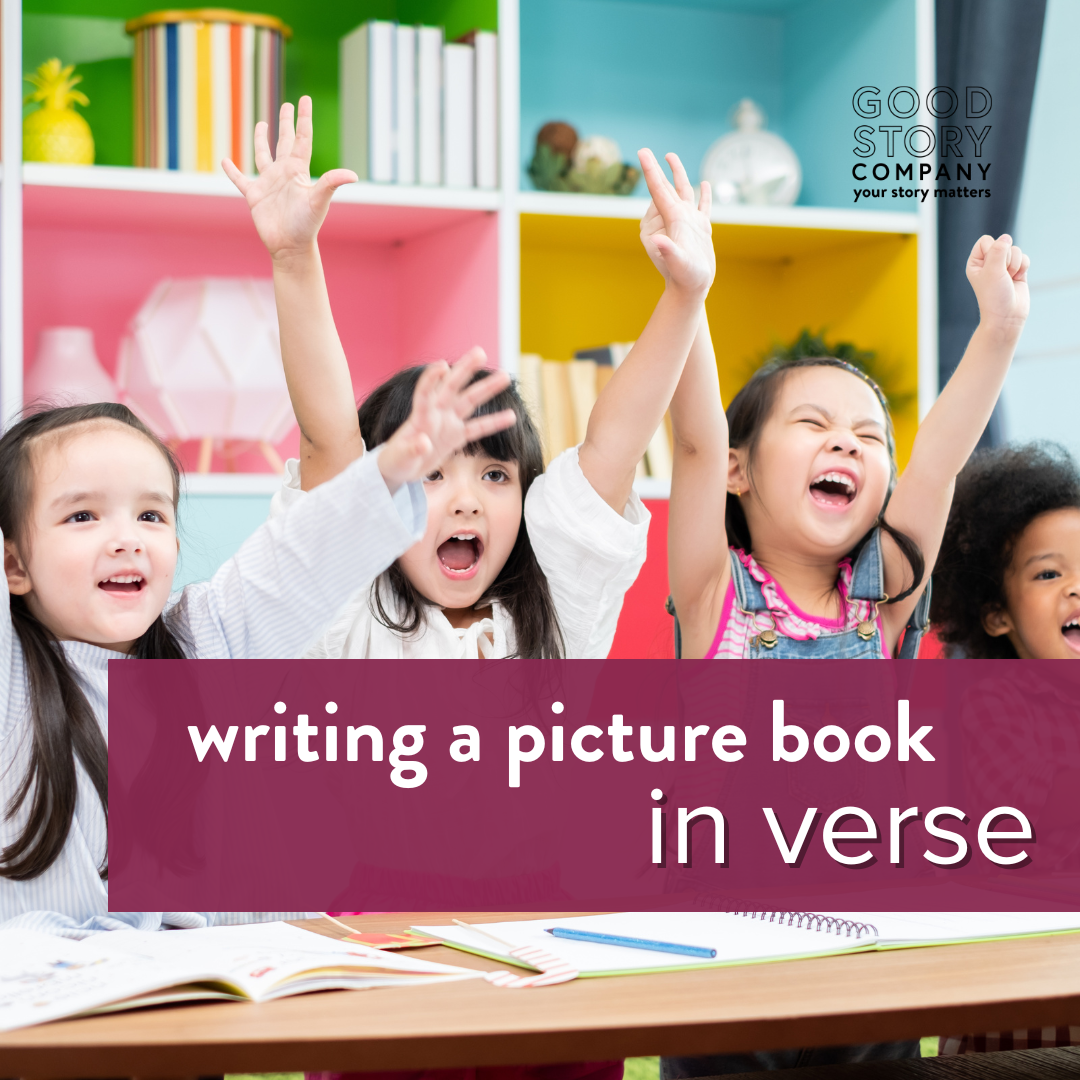
Picture Books That Sing: You Don’t Have to be a Poet to Write a Picture Book in Verse
Picture books are so fun to read aloud! Readers can play with the volume, pitch, and inflection of their voices to give the verses maximum effect.

Choosing Character Names and Making Up Fantastic Words
Your character names and made-up words should add meaning to your story. Here are five tips for picking names and creating words that enhance your story world.
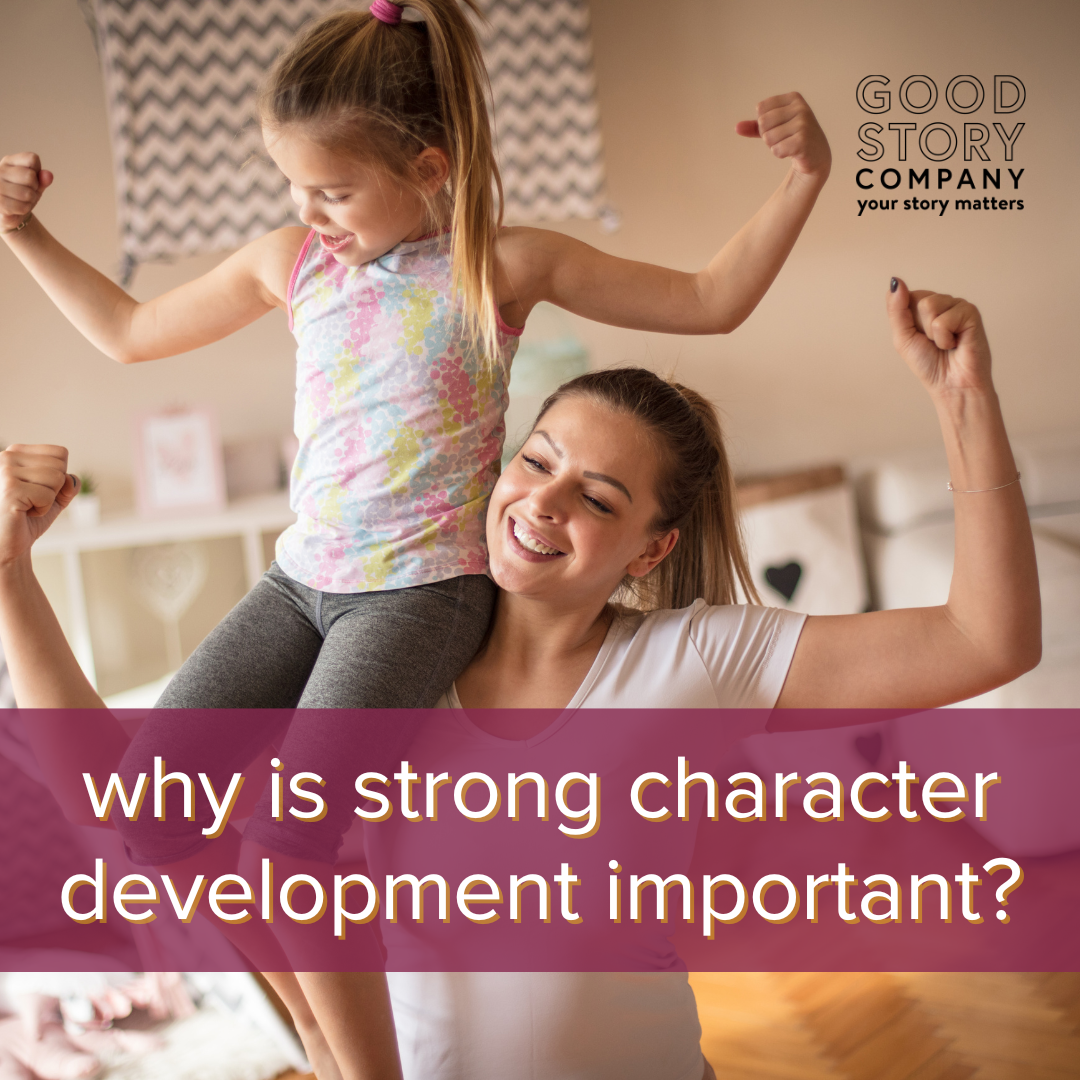
Why is Strong Character Development Important?
Strong character development arcs make better stories. Here are some tips on writing characters that readers will connect with and root for.
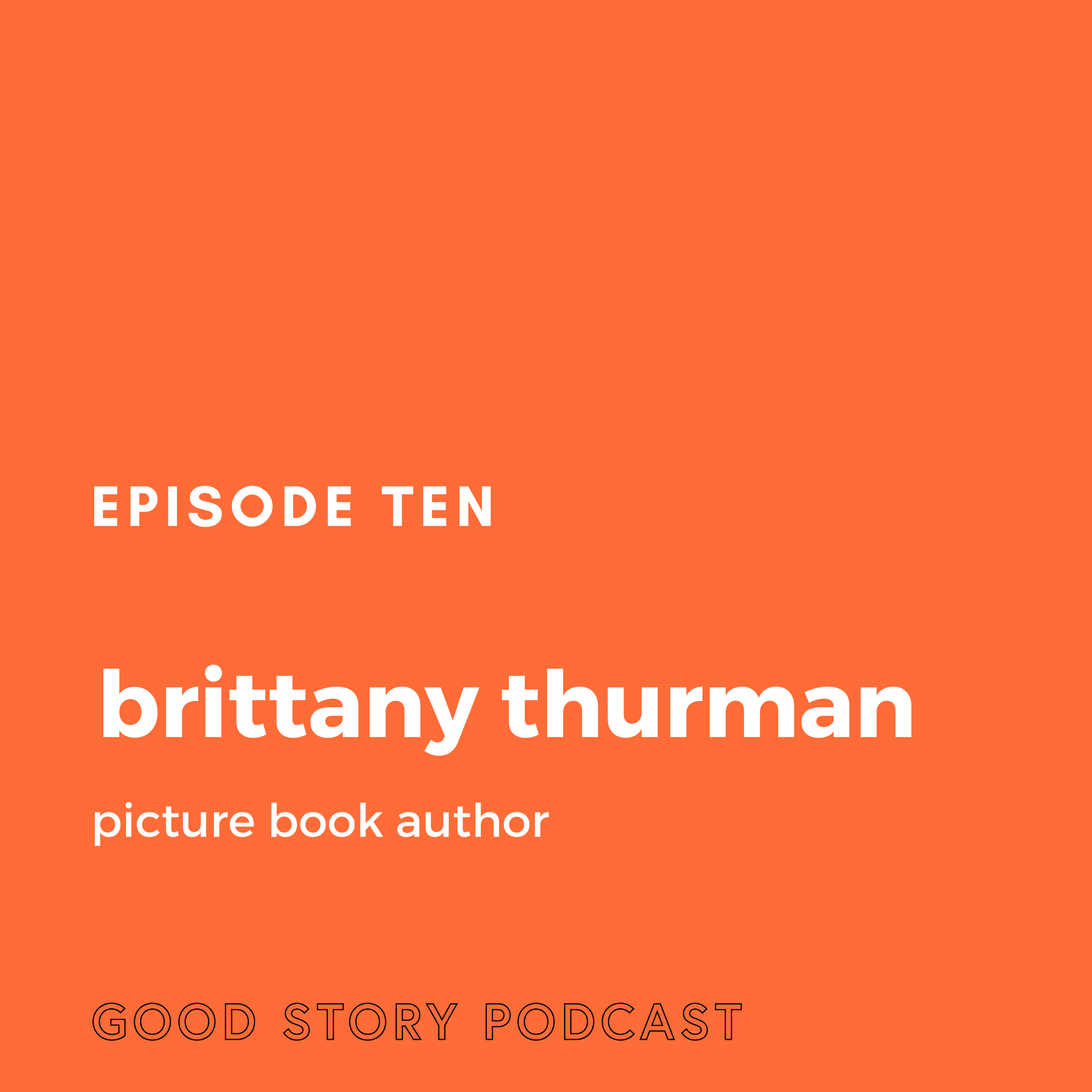
Episode 10: Brittany Thurman, Picture Book Author
Debut picture book author Brittany Thurman discusses writing about complex issues for a young audience, bias in the publishing industry, and supporting Black writers.

Writing Shy Characters
How do you write shy characters? Shy people often have rich inner worlds that are teeming with life; they’re just selective about who they let inside. Here are a few ways to help you show your shy character’s true nature.

Episode 7: Jessica Brody, Author and Writing Teacher
An interview with author and writing teacher Jessica Brody, where we discuss what makes a compelling story, how to apply story structure whether you're a plotter or pantser, and tackling large-scale revisions without ripping your hair out.
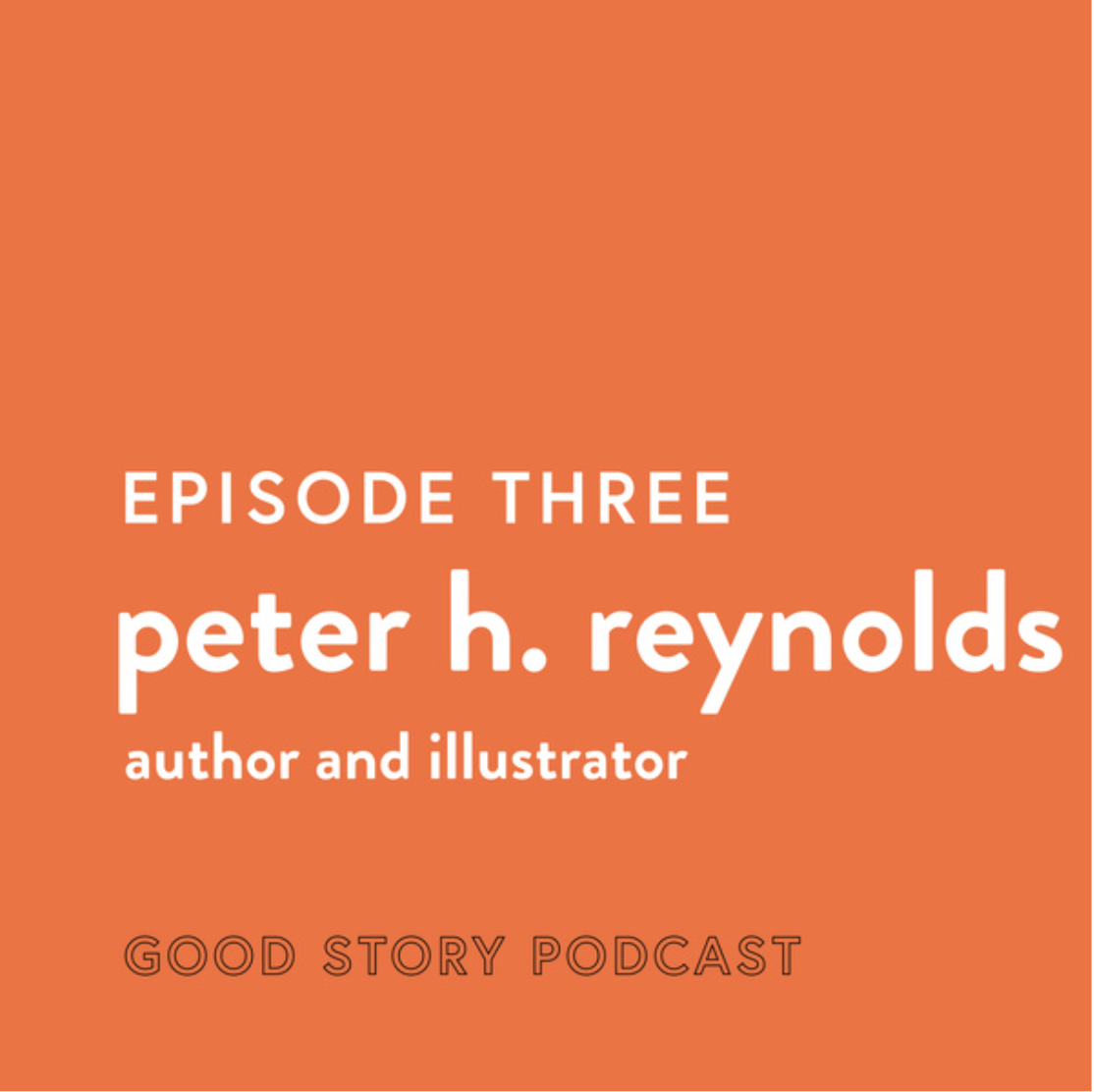
Episode 3: Peter H. Reynolds, Picture Book Author and Illustrator
An enlightening discussion about creativity, picture book writing, illustration, inspiration, and making mistakes ... in a good way!

Writing the Protagonist and Antagonist
One question many writers have when they begin work on a novel is how to write a compelling protagonist and antagonist. These are vital roles to function well in a manuscript. How do we make sure they leap off the page?
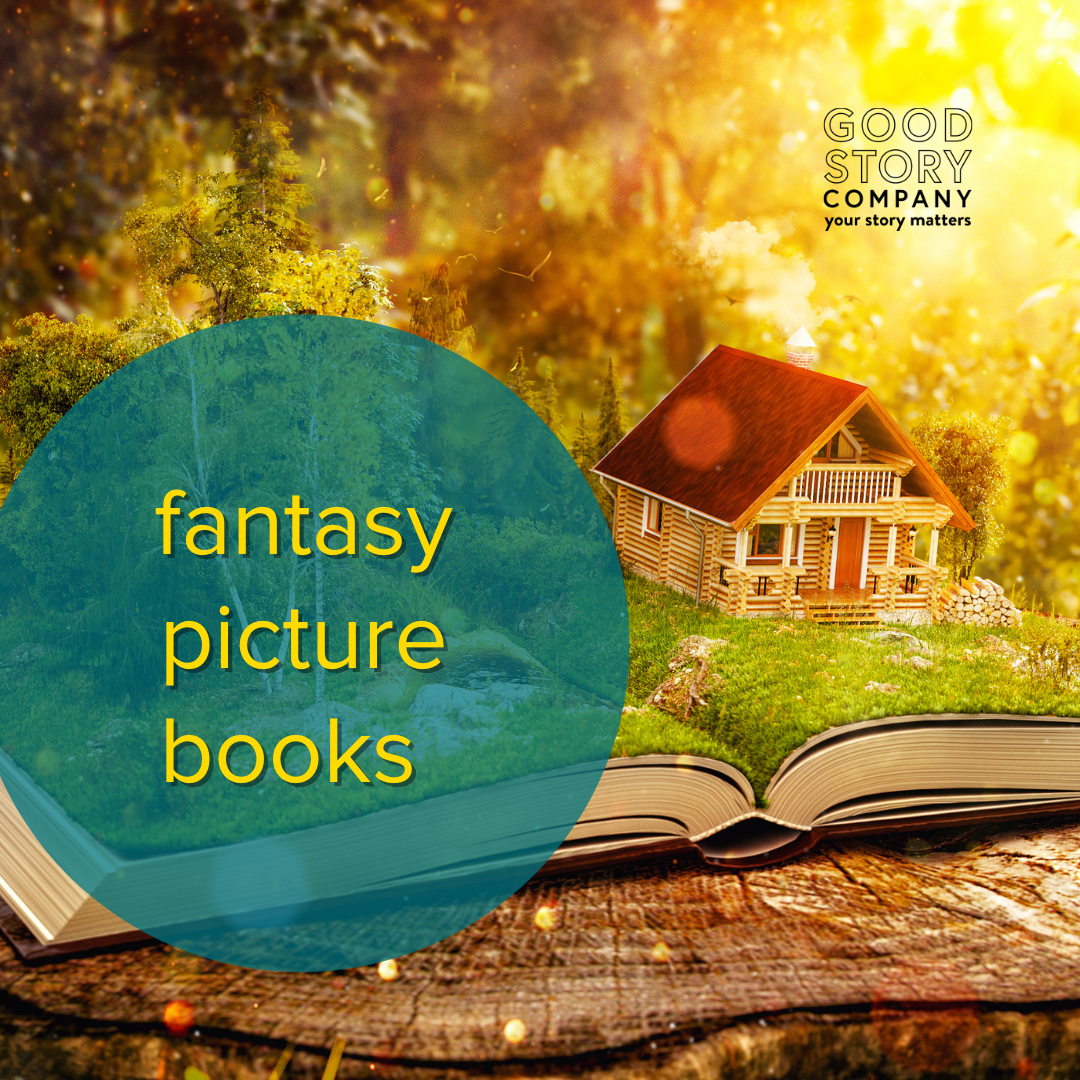
4 Helpful Tips For Writing Fresh Fantasy Picture Books
If you’re interested in writing a children’s picture book that uses fantasy elements to engage readers in a meaningful way, then you’ve come to the right place. In this post, we provide four tips on how to write original, highly engaging fantasy picture books that stand out!

Episode 1: Chris Baty, Founder of NaNoWriMo
An interview with NaNoWriMo founder and writing teacher Chris Baty, where we discuss plot, pantsing, not nipping good ideas in the bud, celebrating a hot pile of garbage, and the cult of busyness.

Art Speaks: Creating Wordless Picture Books
If you’re an author/illustrator in the picture book business, you probably feel like you’re at an advantage. While there is value in being able to create an entire work on your own, I’d like you to imagine not using your words. What does it look like to create wordless picture books?

Brighten Even The Foggiest Story Idea
Story ideas don’t always come easily, but sometimes we get glimmers that turn into a list of foggy ideas. How do we decide which new idea to run with? And how do we take steps to make it shine?

Episode 17: Anna Staniszewski, Children's Author
On this month's episode, children's author Anna Staniszewski chats about her path to publication, writing for different age groups, and what it takes to make it as a full-time author.

Story Mastermind: Picture Book Mini-Mastermind
Story Mastermind is our small group writing workshop. We'll tell you a little bit about the program, but mostly we will be talking today about picture book premise, and how to make sure that your story has strong bones and how to tell a compelling picture book story in today's market.
